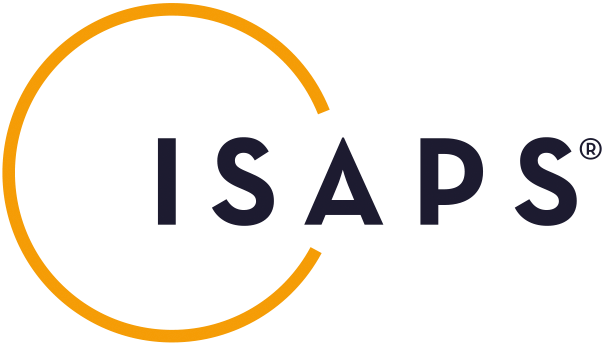
Liposuction (Body Sculpting by Lipectomy)
Liposuction is today one of the most popular cosmetic surgery procedures. Also known as “liposculpture” or "lipoplasty" or "suction lipectomy", liposuction is a surgical procedure that sculpts the body by removing unwanted fat deposits from specific areas of the body such as the abdomen, hips, waist, flanks, love handles, buttocks, thighs, knees, calves, ankles, upper arms, chin, cheeks & neck. It is NOT a substitute for weight loss but a means of eliminating localised fat deposits unresponsive to diet & exercise and improve body contour. It involves the infiltration of large amounts of fluids into your tissues to enable the suction to be effective, reduce pain and bruising.
It is carried out by conventional techniques or ultrasound-assisted liposuction. The basic principle is the removal of the exercise-resistant fat with a tube and a vacuum device. Professor Malata prefers to use the new Ultrasound assisted Liposuction Device (Ultrasonic Liposuction) as it reduces bruising, enhances skin contraction and creates a more predictable and even result (Ultrasonic liposuction in the treatment of gynaecomastia PDF). It can be performed alone or in combination with a tummy tuck, face lift, thigh lift, breast reduction etc. Liposuction does not improve areas of dimpled skin called “cellulite”. Firm elastic skin is ideal for better contours after treatment. Liposuction is NOT a substitute for a healthy diet and exercise. It is best for removing undesirable fat from specific areas of the body and not as a means of weight loss. Although more than 2 anatomical sites can be treated at one sitting Professor Malata prefers to stage the surgery if you request more than 3 areas or the volume of the liposuction is likely to exceed 7.5 litres. A bladder catheter is only used to monitor urine output in large-volume liposuction.
To view the before and after photos in Professor Malata’s publications on liposuction click below
Risks of liposuction or liposculpting surgery
As in any cosmetic surgery, there are risks as well as benefits and the final results are not guaranteed.The chance of complications following a liposuction depends on the exact type of operation needed and other factors such as your general health. Professor Malata will explain how the risks apply to you. Detailed postoperative instructions will be discussed during consultation and a procedure-specific handout given to you by Professor Malata.
Some risks of liposuction:
Frequent
-
Bruising & swelling: frequent
-
Numbness/tingling: paraesthesiae – temporary
-
Skin discolouration: temporary
-
Fluid collections needing aspiration: sometimes
-
Asymmetric appearance: mild, may be unrelated to fat
Infrequent
-
Contour irregularities, lumpiness, ridges, waviness, skin wrinkling
-
Residual cellulite
-
Scars: depressed, lumpy, deep tissues, discoloured
-
Deep vein thrombosis, pulmonary embolism: risk reduced by TED stockings, blood thinners
-
Need for revisional surgery
-
Inadvertent spots of burns of skin: rare UAL only
-
Long-term alterations in body contour due to weight gain/loss, pregnancy, ageing, etc
Rare
-
Infection: rare but can be very serious
-
Damage to internal organs: extremely rare: bowel, liver, spleen, lungs, etc
-
Fluid overload/ dehydration; drug reactions
-
Need for blood transfusion: rare unless large-volume lipo
-
Death: shock, infection, Xs fluid, drug reactions, Anaesthetic, PE, internal organ injury
-
Skin loss: extremely rare: UAL combined with open surgery
Alternatives to Liposuction
-
No liposuction
-
Diet & Exercise Regimens
-
Open excision of Xs skin & fat tissue: various lifts
WHAT YOU NEED TO KNOW
(Liposuction)
LENGTH OF SURGERY
1 - 4 hours
ANAESTHESIA
General
NO. OF NIGHTS IN HOSPITAL
0 - 1 nights
RECOVERY
5 - 10 days until socialising with close friends and family
2 weeks until return to work and normal social engagements
2 weeks until bruising and swelling disappeared
4 - 6 wks pressure garments/ return to gym & strenuous activities
12 weeks until final result – scars continue to improve for 1 year
DURATION OF RESULTS
5 - 10 years
To find out more or make an appointment please contact Prof Malata's Secretary on 07455839093 or malatapractice@gmail.com




